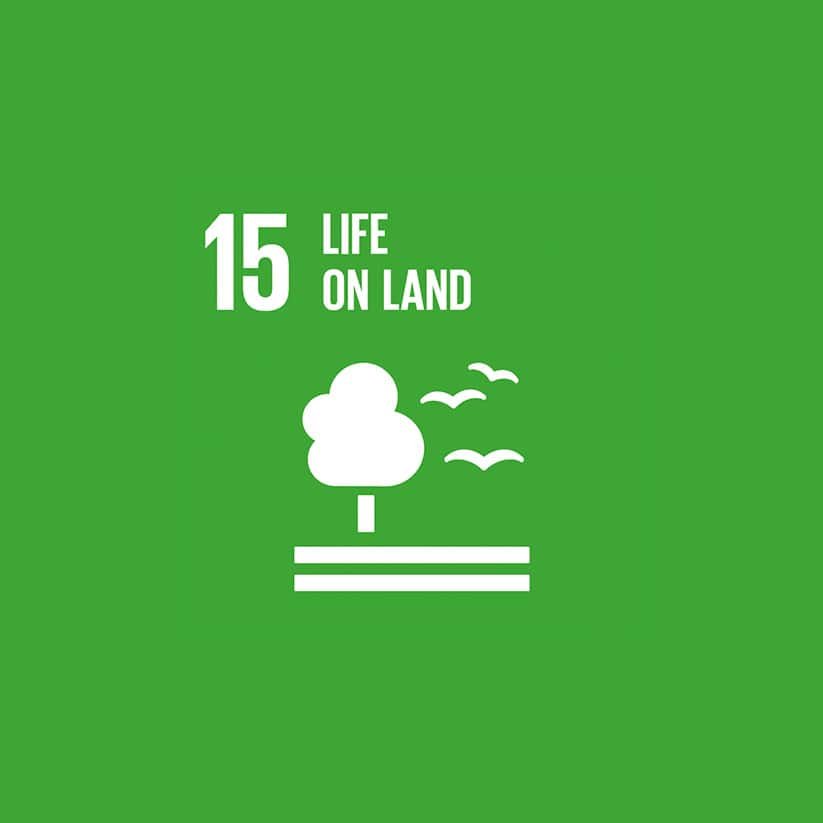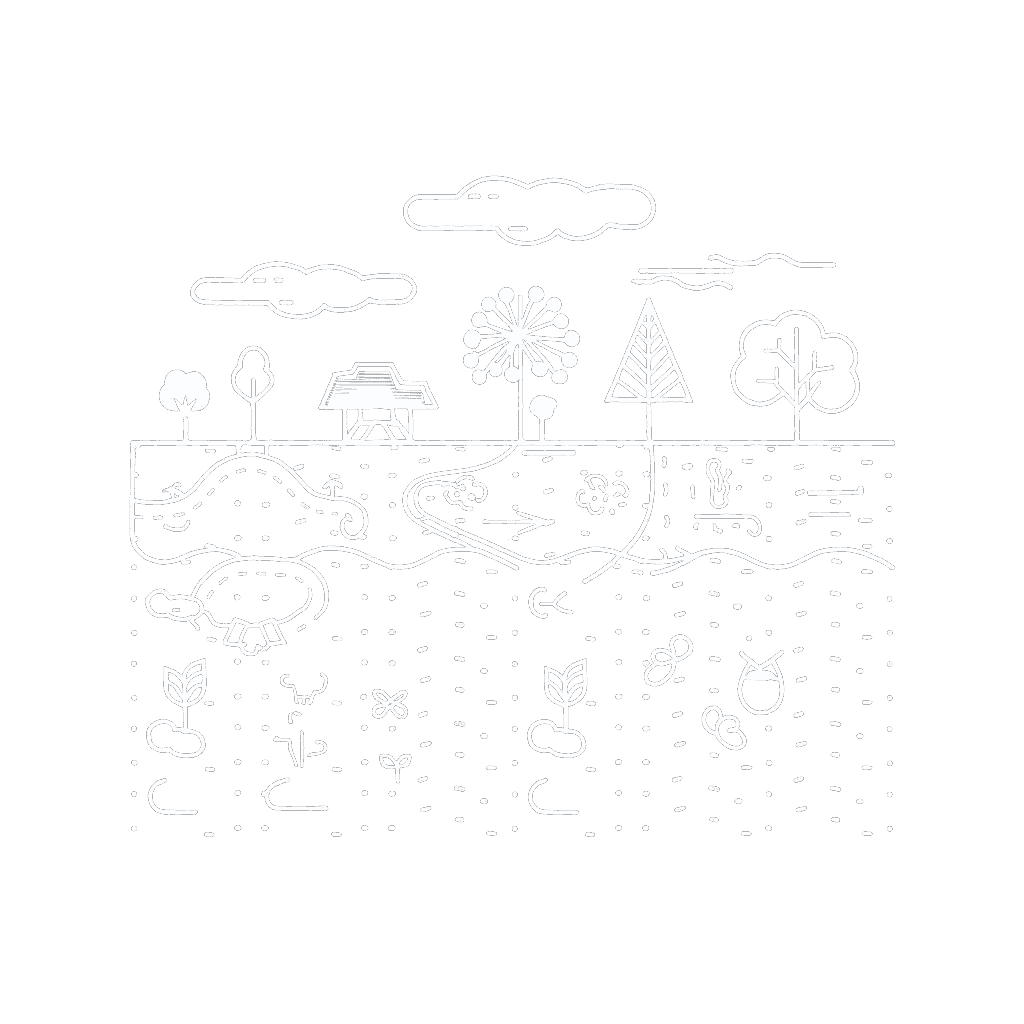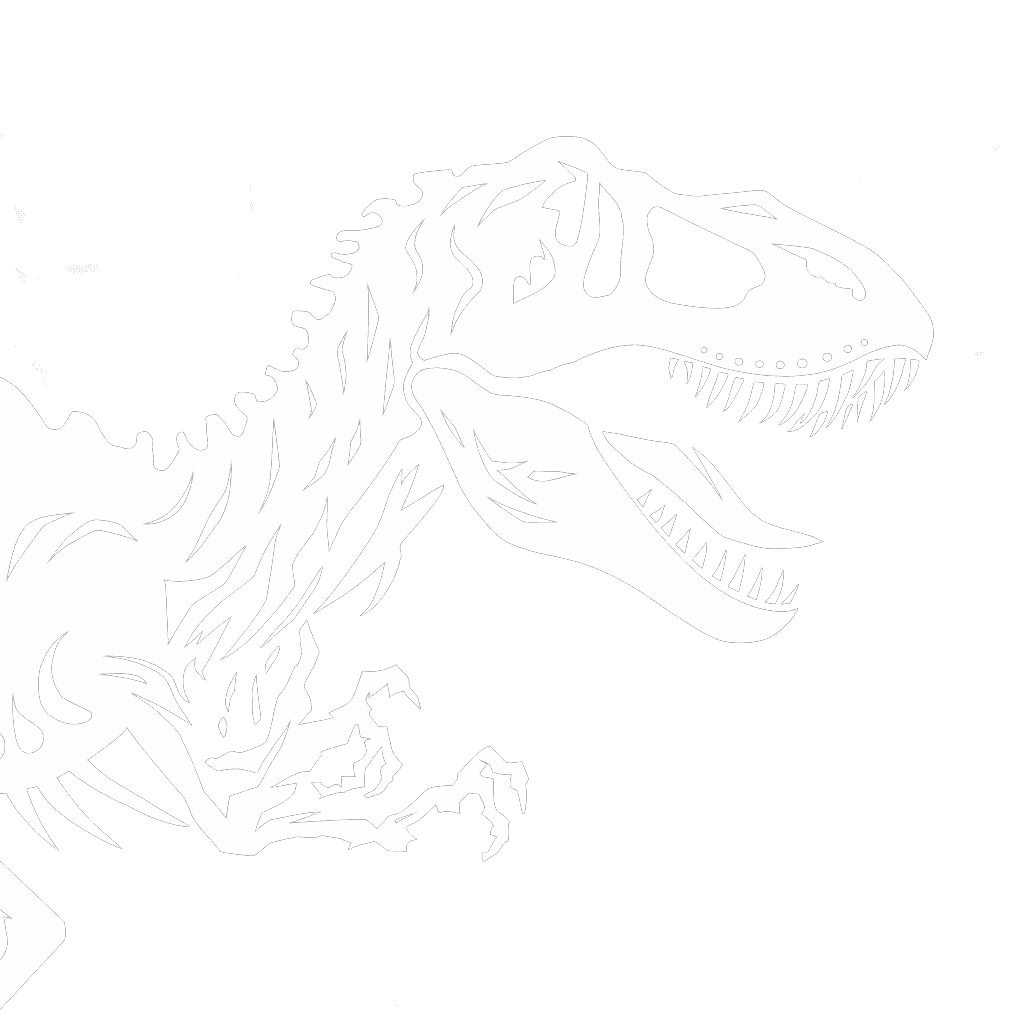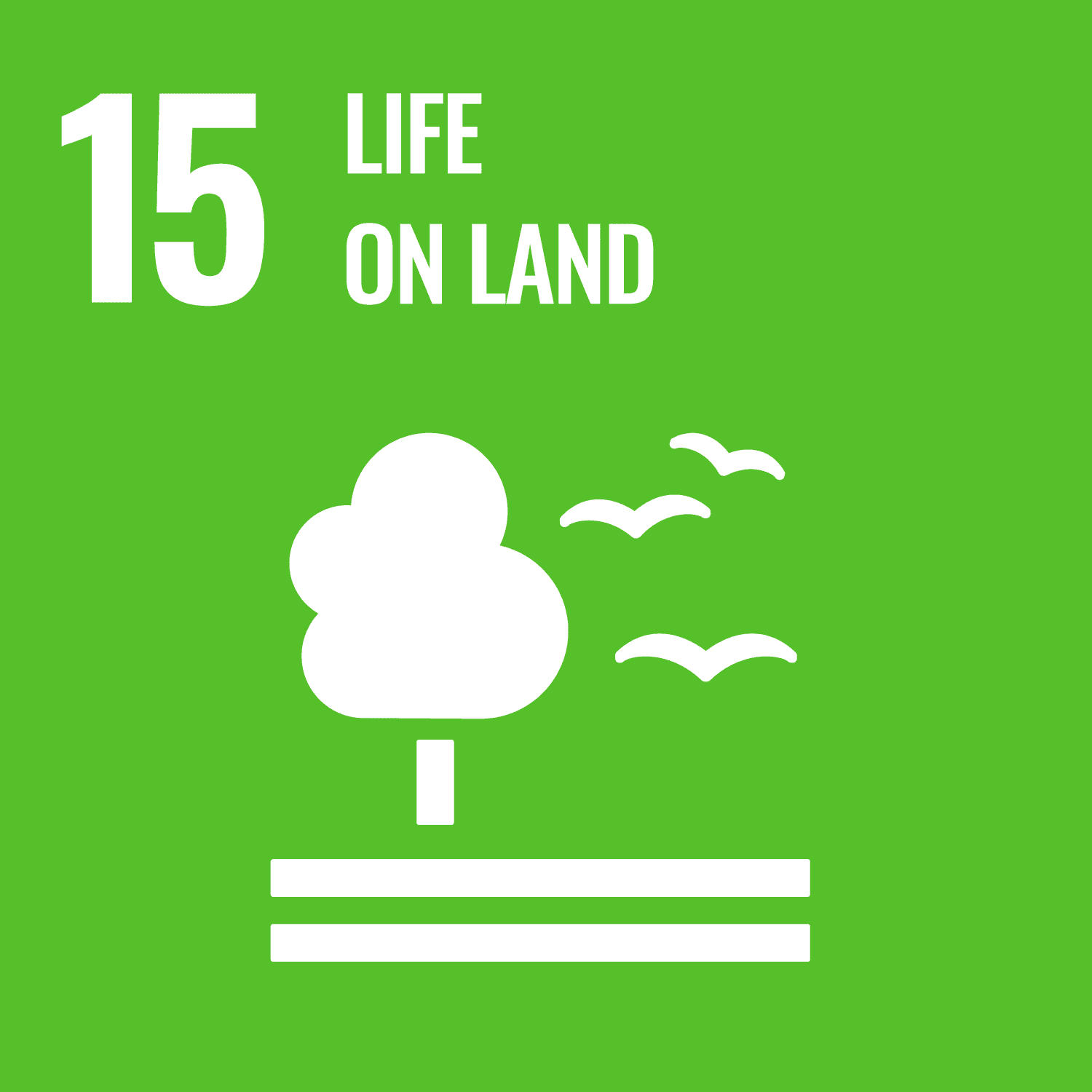
Life on Land
SDG 15 aims to protect, restore, and promote sustainable use of terrestrial ecosystems, manage forests sustainably, combat desertification, and halt and reverse land degradation and biodiversity loss. Land degradation and habitat loss threaten ecosystems and species, impacting environmental health and human well-being.
How engineering can make it happen
Environmental engineers are managing biodiversity through the responsible use of forestry resources and the preservation of habitats. Innovative technologies map the Earth’s surface to provide geospatial information for agricultural monitoring and infrastructure design, and to predict natural disasters like earthquakes. These technologies are assisting Indigenous and disadvantaged groups to enhance their capacity to map, analyse, and negotiate for sustainable development while protecting natural forests. Sensor and drone technologies can map forests and identify diminishing animal populations. DNA sequencing and microchips are used to track endangered species.
Explore more UN SDGs.
SDG Partner Stories
View “SDG 15: Life on Land” events
Discover events throughout the world
- {{ listingType.name }}
- prev
- next
Key facts
100 million hectares of land degraded yearly from 2015 to 2019

The world faces the biggest extinction event since the age of the dinosaurs

Key biodiversity protection has stalled since 2015






